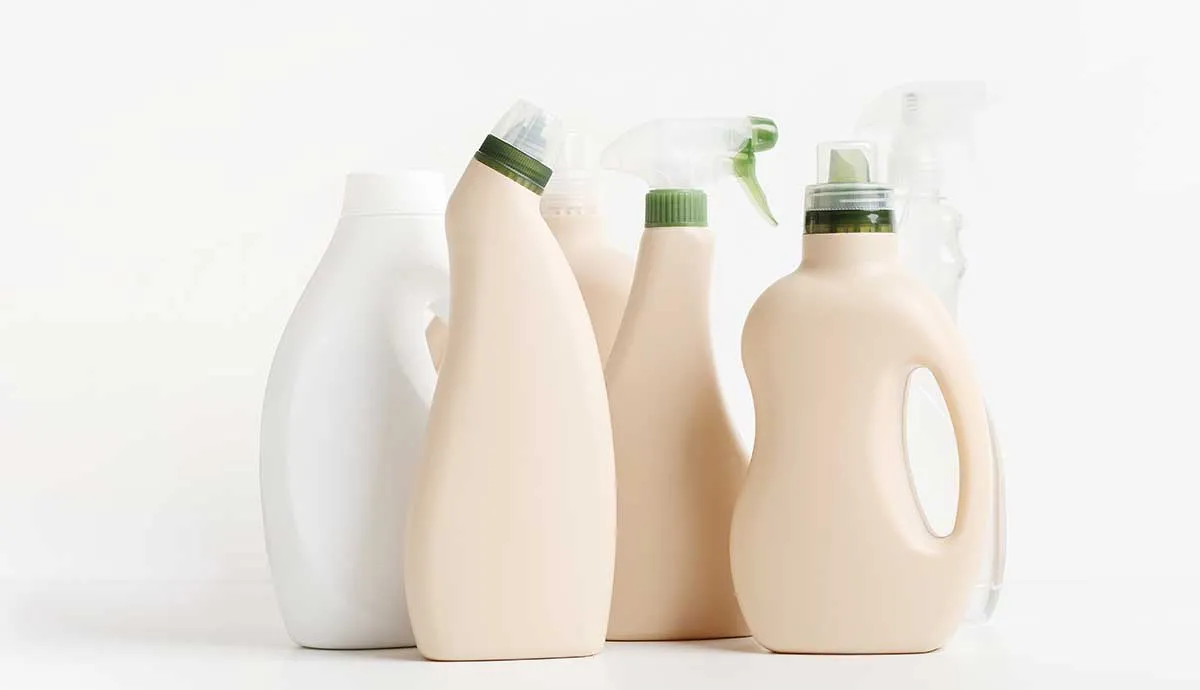In food and beverage, industrial chemical and personal care markets, packaging applications must protect contents, attract consumer attention, reflect the value of the brand and meet goals for recycling and sustainability.
For packaging tier suppliers and converters, extrusion blow molding is a popular process due to low tool and die cost, fast production rates and ability to mold complex parts. However, there are some downsides – including changing dynamics and trends in the marketplace, plus application and design challenges.
In this article, we will:
- Explore emerging trends for packaging applications
- Highlight the top 10 common production challenges for blow molded bottles
- Share how we can help with your specific project
Emerging Trends
Designing for e-Commerce: Compared to the traditional retail distribution channel, containers must be redesigned to endure a more rigorous transit journey from production to end-user. Goods such as detergent containers, beverage bottles, and household cleaners must withstand dents and dings and be lightweight for easier shipment.
Incorporating Post-Consumer Recycled Content (PCR) Materials: Players in the market are opting for more sustainable designs, and one key methodology is in incorporating PCR materials into bottles. This helps promote eco-friendly design.
Top 10 Production Challenges, Defined
- Pearlescence: blemished appearance on interior of bottle due to overstretching
- Haze: unwanted crystallization and coloring on the exterior of the bottle caused by overheating
- Insufficient Top-Load Strength: promotes weak, collapsible bottles
- Insufficient Base Clearance: production error causes bottle to rock back and forth
- Drop-Impact Failure: weakness of mold leads bottle to break or dent
- Flash: unwanted extra material outside of parameters of design
- Flow Lines: near gate points, compromise appearance and aesthetics
- Warping: uneven cooling and solidification
- Discoloration: lack of uniform color
- Air Pockets: unsightly, cause a weakened product
How We Can Help
Our dedicated packaging team of engineers, field specialists, designers and color technologists are here to engage at any point in the packaging development lifecycle, to:
- Understand your specific application needs, from barrier properties to chemical resistance and more
- Help you align with trends, including designing for e-commerce and using post-consumer recycled content
- Recommend best-fit materials from a broad portfolio of polymers, colorants and additives
- Troubleshoot technical issues, such as warping and flow lines
